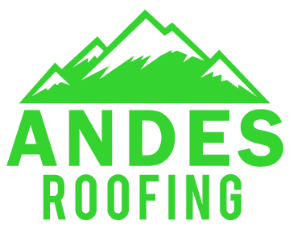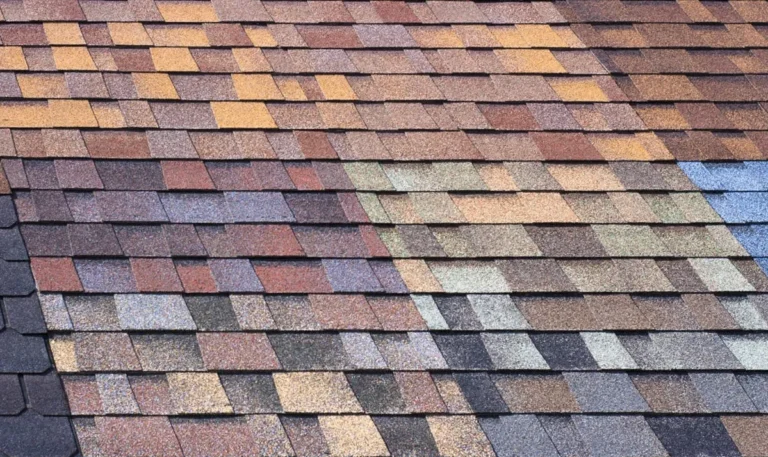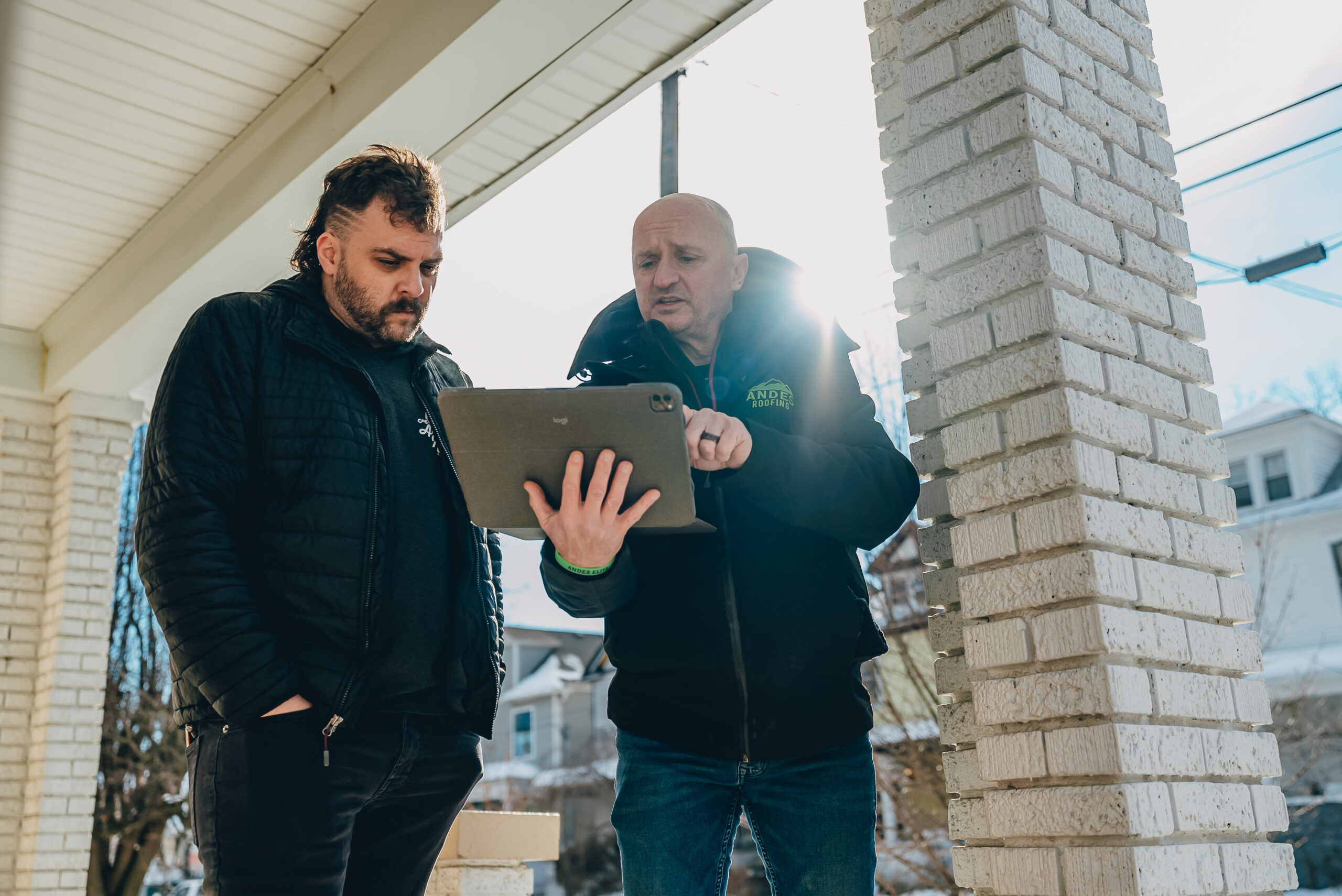If you know a bit about roofing, chances are, you’ve heard of shingles. But, did you know there’s a foundational layer of starter strip shingles underneath them? If not, this information is for you. In the content below, we’ll explain:
- The benefits of starter shingles
- The starter shingle installation process
- The cost of starter shingles
By the end of this article, you’ll have a better understanding of what a starter strip shingle is and its purpose. So, if you’re ready to learn more, just keep reading!
The 3 Benefits of Using Starter Shingles

Starter shingles may seem like a small detail in the grand scheme of roofing, but their benefits are significant. Here are a few of them:
1) Water Filtration Barrier
When properly installed, starter shingles create a watertight seal along the eaves and rake edges, preventing moisture from seeping into the underlying layers of the roof. This is crucial for maintaining the structural integrity of your home and preventing costly water damage.
2) Foundational Layer
Without starter shingles, the first row of regular shingles would be installed directly onto the roof deck. This could lead to an uneven appearance and potential wind uplift issues. Starter strip shingles create a level surface for the first row of shingles, which ensures a clean, professional finish.
3) Maintains a Roof’s Wind Resistance
Starter shingles play a vital role in protecting the eaves and roof edges from wind damage. These areas are particularly susceptible to uplift during strong winds, and starter shingles act as an anchor. They secure the shingles in place and prevent them from being blown off.
By investing in quality starter shingles, you can enhance the overall durability and longevity of your roofing system.
Factors to Consider When Choosing Starter Shingles
Now that you understand the benefits of using starter shingles, let’s explore the factors you should consider when selecting the right ones.
- Compatibility with your roofing material: Starter shingles should be compatible with the type of shingles you plan to install on the rest of your roof. Different roofing materials have specific requirements, and it’s crucial to choose starter strips that are designed to work seamlessly with your chosen shingles.
- Quality and durability: Look for starter shingles made from high-quality materials that can withstand UV rays, extreme temperatures, and heavy rainfall. Investing in premium starter strips may cost a bit more upfront. However, it can save you money in the long run by reducing the need for frequent repairs or replacements.
- Ease of installation: Consider the ease of installation when selecting starter shingles. Doing so will guarantee a smooth installation process that saves time and effort.
Installation Process for Starter Shingles

Installing starter strip shingles requires careful attention to detail. Here is a basic guide to installing starter shingles:
- Prepare the roof: Before installing starter shingles, make sure the roof deck is clean and free of debris. Remove old shingles, nails, or other materials that could interfere with the installation.
- Apply underlayment: Install a layer of roofing underlayment along the eaves and edges. This provides an additional layer of protection against water infiltration and helps create a smooth surface for the starter shingles.
- Cut starter shingles: Measure and cut the starter shingles to the appropriate length. They should extend beyond the eaves and rake edges by a few inches to ensure complete coverage.
- Apply adhesive: Apply a line of roofing adhesive along the roof. This will help secure the starter shingles in place and create a watertight seal.
- Install starter shingles: Starting at one corner, align the starter shingles along the eaves, ensuring they overhang the edge. Nail them into place, following the manufacturer’s guidelines for the appropriate number and placement of nails.
- Continue installation: Repeat the process, overlapping the starter shingles as you work your way up the roof. Make sure each row is aligned and securely fastened.
- Trim excess: Once you reach the top of the roof, trim any excess starter shingles to create a clean finish.
The Cost of Starter Shingles
The cost of starter shingles can vary depending on several factors, including the type of material, the brand, and the quantity needed for your project. On average, starter shingles range from $0.50 to $2 per linear foot. Asphalt starter shingles are the most common and affordable option, with prices typically ranging from $0.50 to $1 per linear foot.
It’s important to note that the cost of starter shingles should be factored into your overall roofing budget. While they may seem like a small expense compared to the cost of the main roofing material, their role in protecting your roof should not be underestimated. Investing in high-quality starter shingles will save you money in the long run.
Comparison Between Starter Shingles and Regular Shingles

While starter shingles and regular shingles may seem similar, they serve different purposes and have distinct characteristics. Here’s a comparison between the two:
- Purpose: Starter shingles are specifically designed to create a watertight seal along the outer parts of the roof. They provide a smooth transition and act as an anchor to secure the traditional shingles in place. Regular shingles, on the other hand, cover the main area of the roof and come in various styles and materials.
- Installation: Starter strips are installed at the beginning of the roofing process. They are nailed into place and provide a stable foundation for the standard shingles. Regular shingles are installed on top of the starter shingles, overlapping each other to create a layered protective barrier.
- Appearance: Starter shingles are typically made from a simpler design and are often plain in appearance. They are not intended to be a visible part of the roof but rather serve a functional purpose. However, regular shingles come in a wide range of colors and textures, allowing you to choose a look that complements your home’s aesthetic.
Are You Looking for a Roofing Professional?
We hope that this article helped you to understand more about starter strips. But honestly, you shouldn’t worry about handling your own roofing project. Instead, let us take care of it.
At Andes Roofing, we have the expertise to handle a variety of roofing issues. Our contractors perform storm damage repair, roof replacement, gutter guard installation, and more!If you’re ready to start your project, call us at 812-247-8479, or contact us on our website. We look forward to working with y






